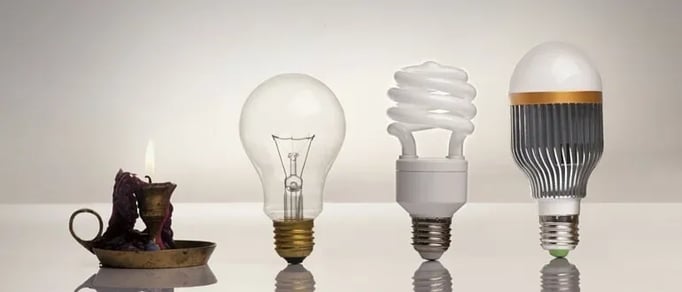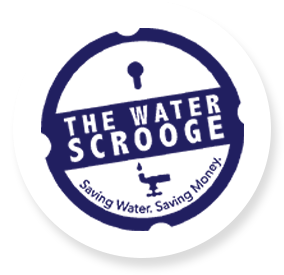2 min read
Should You Switch Your Multi-Family Building to LED Lighting?
![]() David Schwartz
Jun 20, 2016 9:00:00 AM
David Schwartz
Jun 20, 2016 9:00:00 AM

Switch to LED lighting—it will save you money.
We've all heard the claims. But do they match reality? And furthermore, do they really make a difference to the pocketbooks of multi-family building owners?
After all, NYC landlords aren't responsible for tenant electrical usage. Like many other major metro areas, NYC requires sub-metering on a per-unit basis. Environmental and conservation incentives aside, it would appear there are no practical benefits to switching from incandescents... But, not so fast.
Landlords are still responsible for lighting certain common areas: Hallways, lobbies. and laundry rooms all require electricity 24/7. LED technology is quickly becoming the preferred option for outdoor lighting, providing better color quality and security for dark parking lots. Additionally, most tenants cite "good lighting" as a primary indicator of overall apartment quality. No one wants to feel like they're coming home to a bad horror movie late at night!
Fortunately, today's lighting technologies are improving rapidly, providing many cost-saving and aesthetic options.
In this article, we'll review the basics of choosing LED light bulbs. We'll also reveal where the REAL cost-savings opportunities can be found in your multi-family units.
LED Lighting – Just The Facts
LED (light emitting diode) light bulbs are made possible by a semiconductor device which merges positive and negative electrical charges that emit visible light. While incandescent bulbs also operate via electric current, they rely on a less efficient tungsten filament to produce their light. Furthermore, they will officially be off the market as of 2020. Here's what else you need to know:
- LED bulbs last between 25,000 to 50,000 hours; traditional incandescents last about 8,000 hours.
- LEDs use 6 to 8 watts of energy; incandescence use about 60 watts of energy.
- LEDs last at least 5 times as long (in some cases, a lifetime).
- Most 60-watt-equivalent LED light bulbs cost less than $5.
- They are available in soft, warm, or bright hues.
According to thesimpledollar.com, it will cost you over $200 (and many trips to the hardware store) to keep one 60-watt lamp lit with an incandescent bulb over a 23-year-period. By comparison, it would cost just $38 using a single LED light bulb—a savings of more than $150.
Now, consider how many bulbs are used in your buildings' common areas. Fifty bulbs would result in a savings of $7,500 during the same period. In most cases, you can expect to see a return on your investment within 2 years.
As you can see, switching to LEDs is about patiently waiting for long-term gains. But what if you don't want to wait? What if you need to start saving money in your multi-family buildings now?
Places to Gain Larger Savings
The truth is – replacing light bulbs is not the best way to cut costs, especially in multi-family properties. Most of the savings will go to tenants, however there are better ways to save money for the landlord.
While every dollar helps, the key to substantially cutting costs is reducing water usage.
Like many major cities, the cost of water has risen steadily in NYC over the past 15 years. As government officials scramble to repair neglected water systems, citizens are begrudgingly footing the bill. Unfortunately, this cost burden is also shared by building owners. Thankfully, water is still overall a "cheap" expense!
There are just a couple problems:
1. Tenants often abuse water usage, without realizing just how much extra their actions are costing landlords. Meaning, even if you go through the trouble of installing low-flow shower heads, some tenants may rip them out and install their own (essentially, doubling your costs).
2. Water leaks often go undetected and unreported in large buildings, costing owners thousands of dollars.
You can circumvent both these issues by installing tamper-proof water regulators and receiving full leak inspections from The Water Scrooge. We've helped our multi-family building clients save anywhere from $35,000 to $3 million a year using our methods. And that's no joke. We're here to help the environment, and we're here to help you.
Interested in learning more? CLICK HERE


